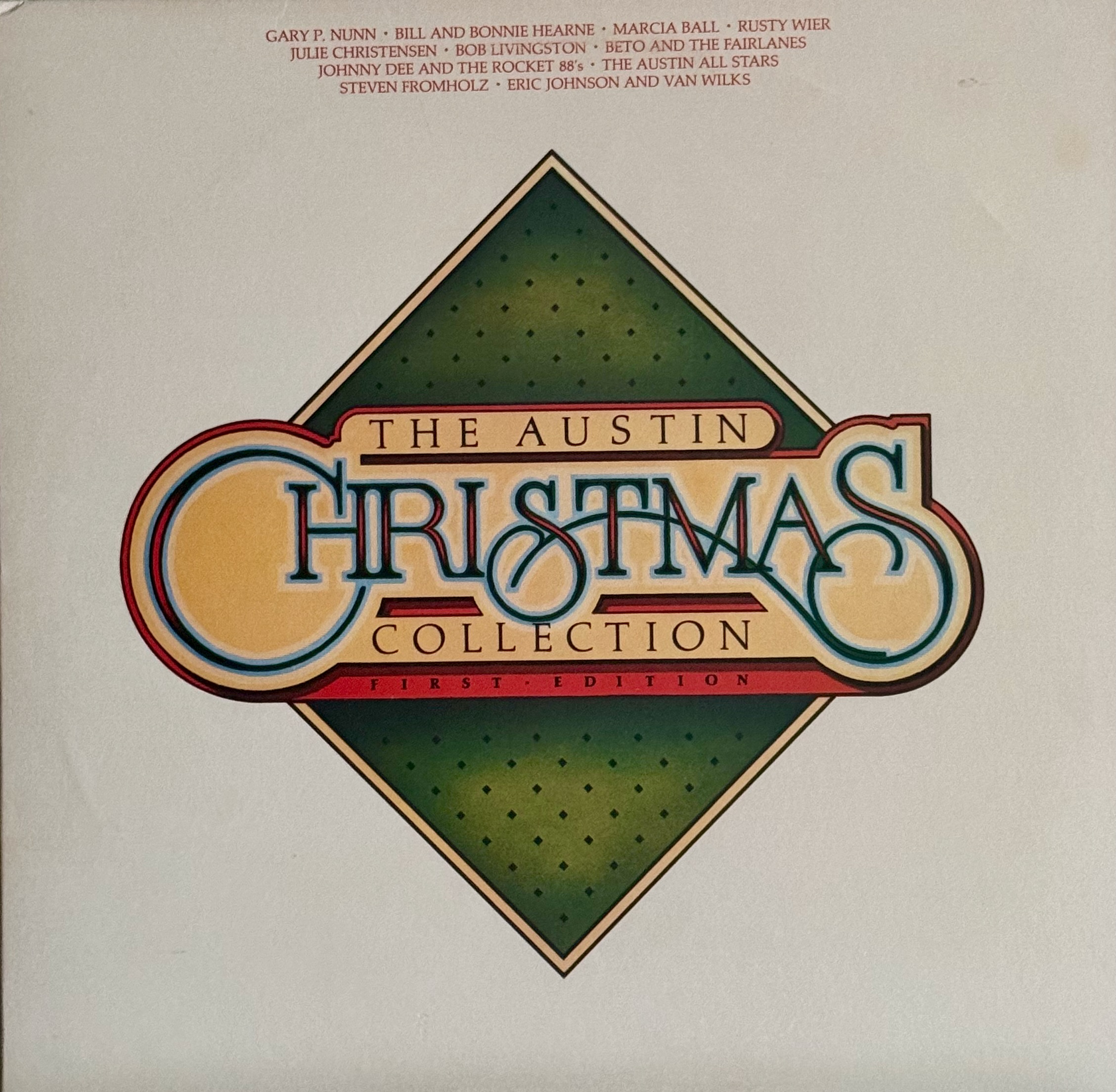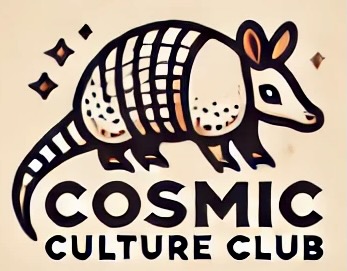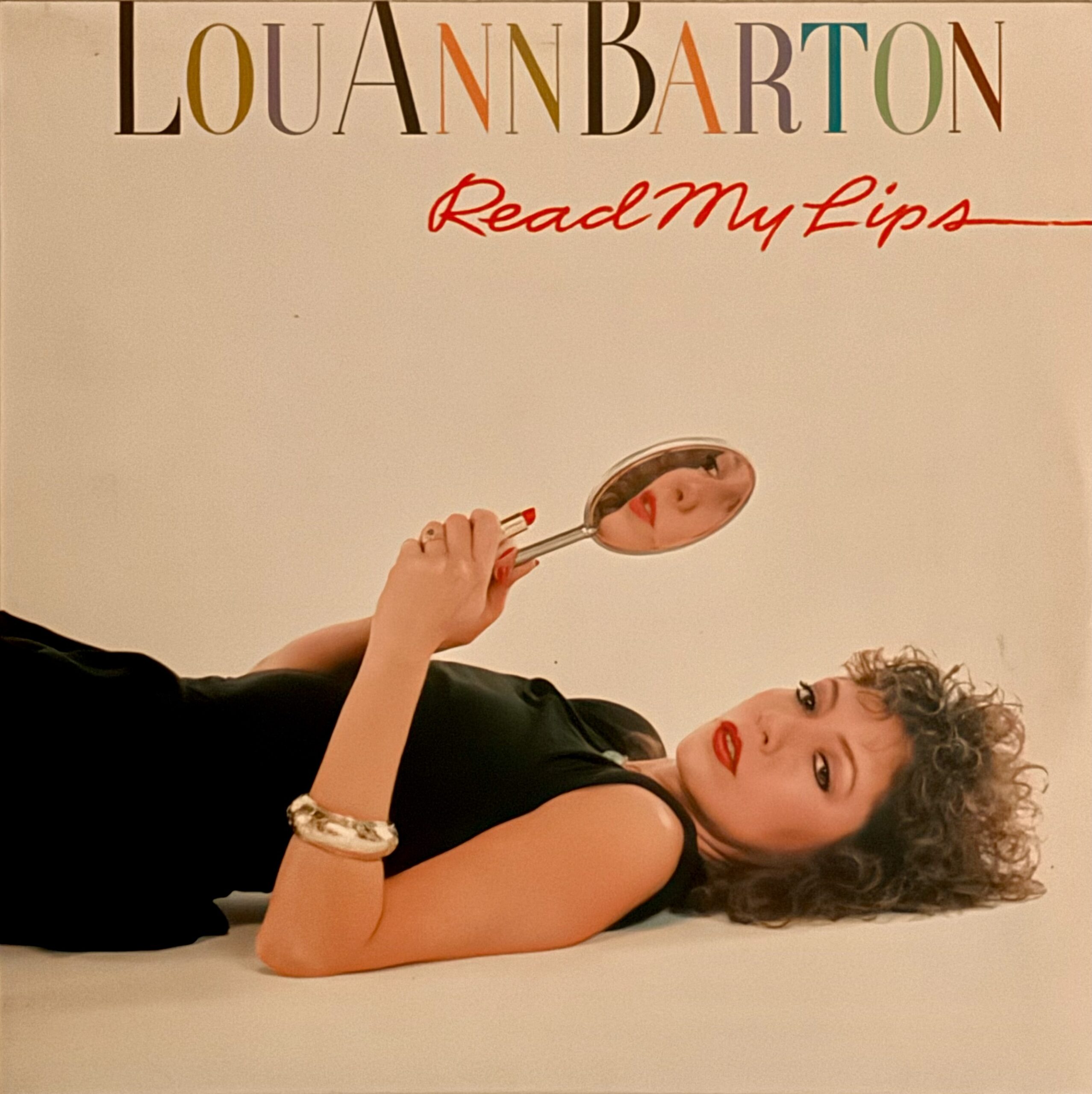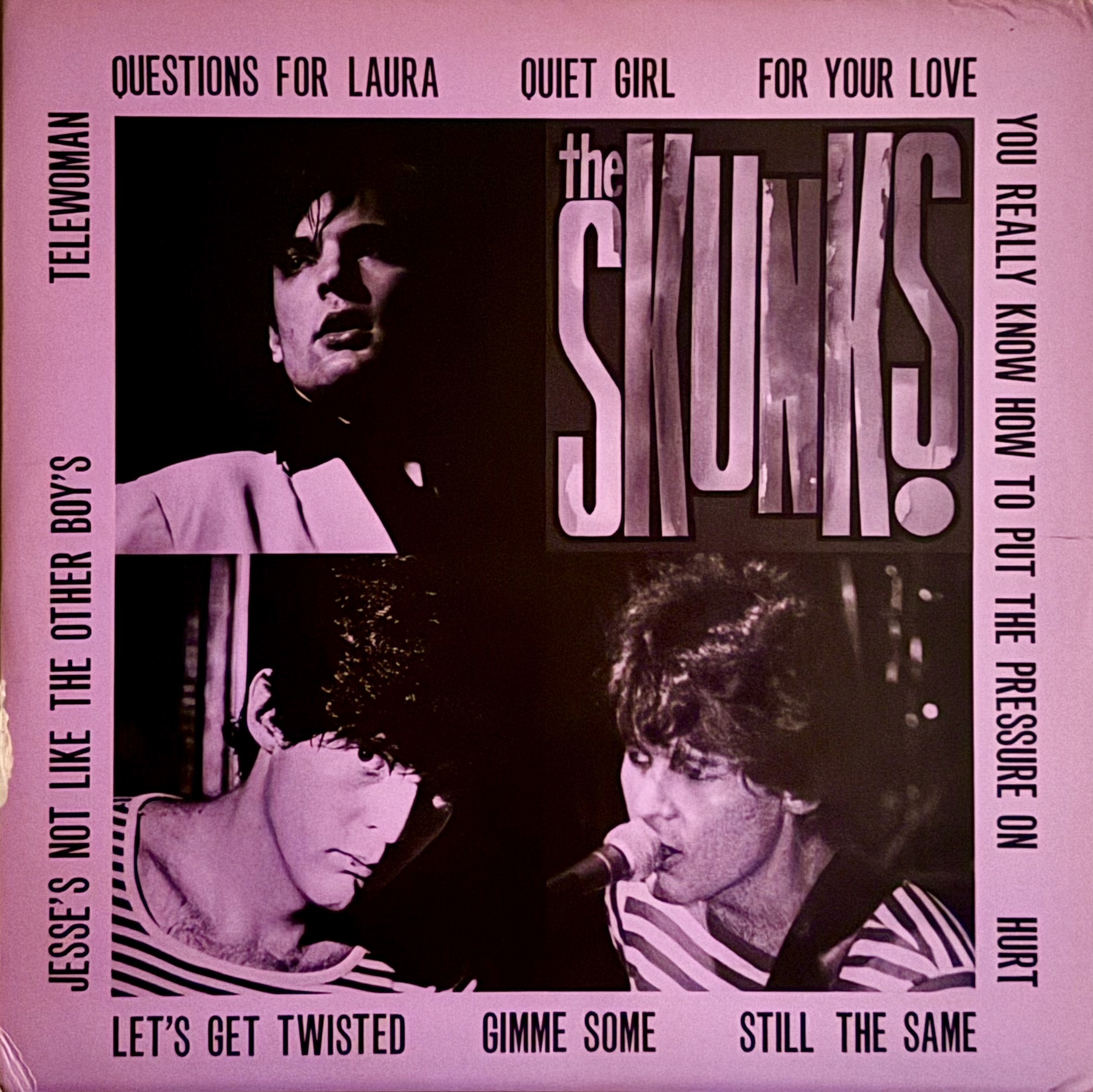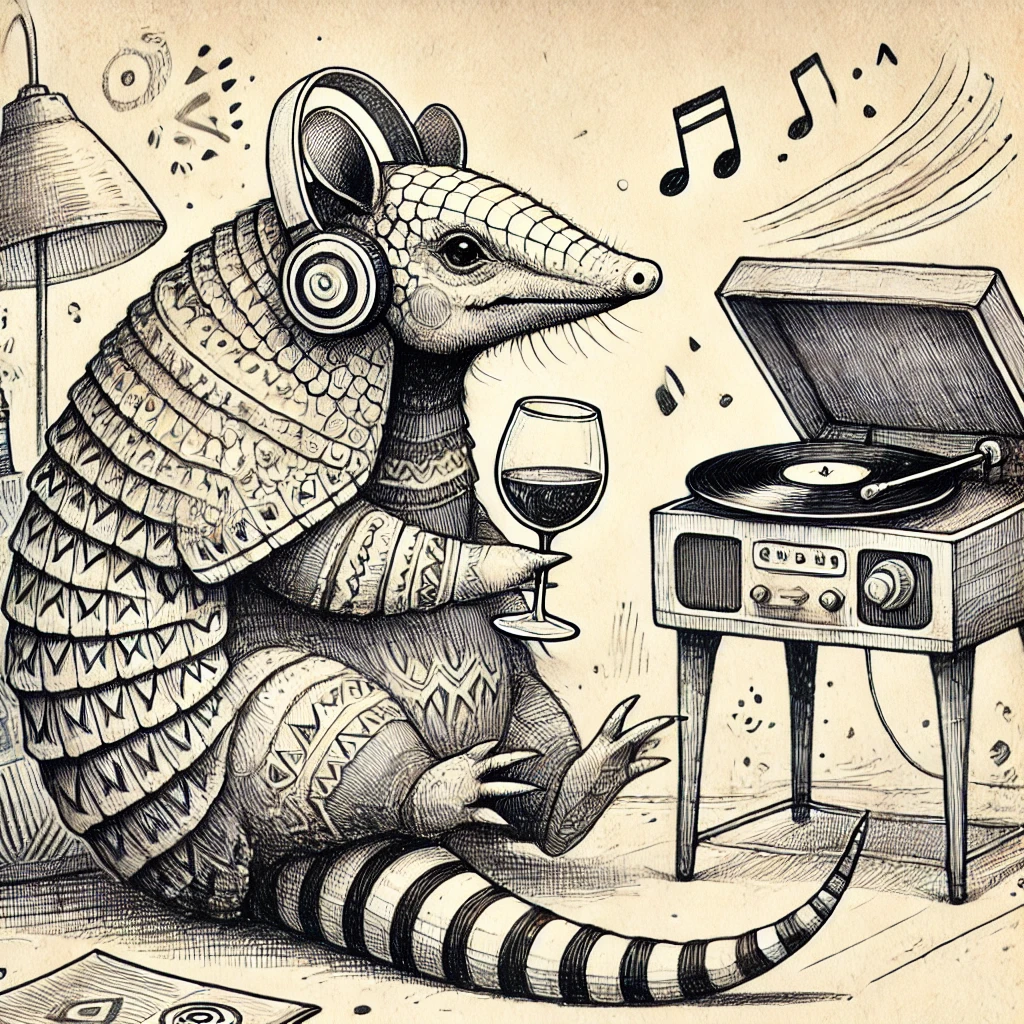Various Artists
Overview
The Austin Christmas Collection is a three-volume set of albums released between 1981 and 1984. It’s a hodgepodge of local talent. Some are well-known on the Austin scene, while others are a bit more obscure. Volume One was released in 1981 and features notable artists such as Marcia Ball, Gary P. Nunn, and Bob Livingston. It’s a random collection of musical styles that provide a pleasant snapshot of an often-overlooked moment in Austin music.
Vibe
Drop the needle on this album, and imagine it’s the 1980s. A Christmas Eve ice storm has locked down the city streets, sending respectable citizens scurrying to their houses to wait for Santa. You walk into Donn’s Depot because the lights are on, and you can get there. The bar is empty aside from the neighborhood regulars and a smattering of road-weary musicians who’ve parked their tour bus for the holiday. The bartender is serving her signature Christmas drink. It’s just an “Old Fashioned” with a splash of cranberry juice, but nobody is complaining. Everyone is laughing, and the musicians are swapping turns on stage, playing whatever Christmas song they happen to know.
Companion Album
Dreams Come True is also a collaboration of local Austin talent that features the three definitive female vocalists from the Austin blues scene in the 1980s. Released a decade after the Christmas album, a more seasoned Marcia Ball joins forces with Angela Strehli and Lou Ann Barton to deliver a powerhouse of a blues album. It was one of the best-selling albums from Antone’s label and is a true masterpiece. Play it with The Austin Christmas Collection and enjoy an evening with the musicians who played the soundtrack to Austin nightlife in the 1980s.
Eggnog Martini
You can go through the tedious process of making your own eggnog, or just buy a carton from the professionals and solely focus on turning it into a cocktail. We opt for the latter. After thorough research, we have concluded that the best way to spike the nog was developed by Rob Floyd—who was the lead mixologist for The Bazaar by José Andrés. He trades the traditional rum or brandy for a combination of vanilla vodka and Amaretto that results in a decadent after-dinner treat.
Ingredients
- 4 ounces eggnog
- 1 ounce vanilla-flavored vodka
- 1 ounce amaretto
- Cinnamon
- Freshly ground nutmeg
- Cinnamon stick
Directions
- Combine eggnog, vodka, and amaretto in a cocktail shaker with ice.
- Shake for 20 – 30 seconds.
- Strain into a chilled martini glass.
- Dust with cinnamon and nutmeg. (Freshly grating nutmeg over the martini adds a subtle showmanship to the presentation.)
